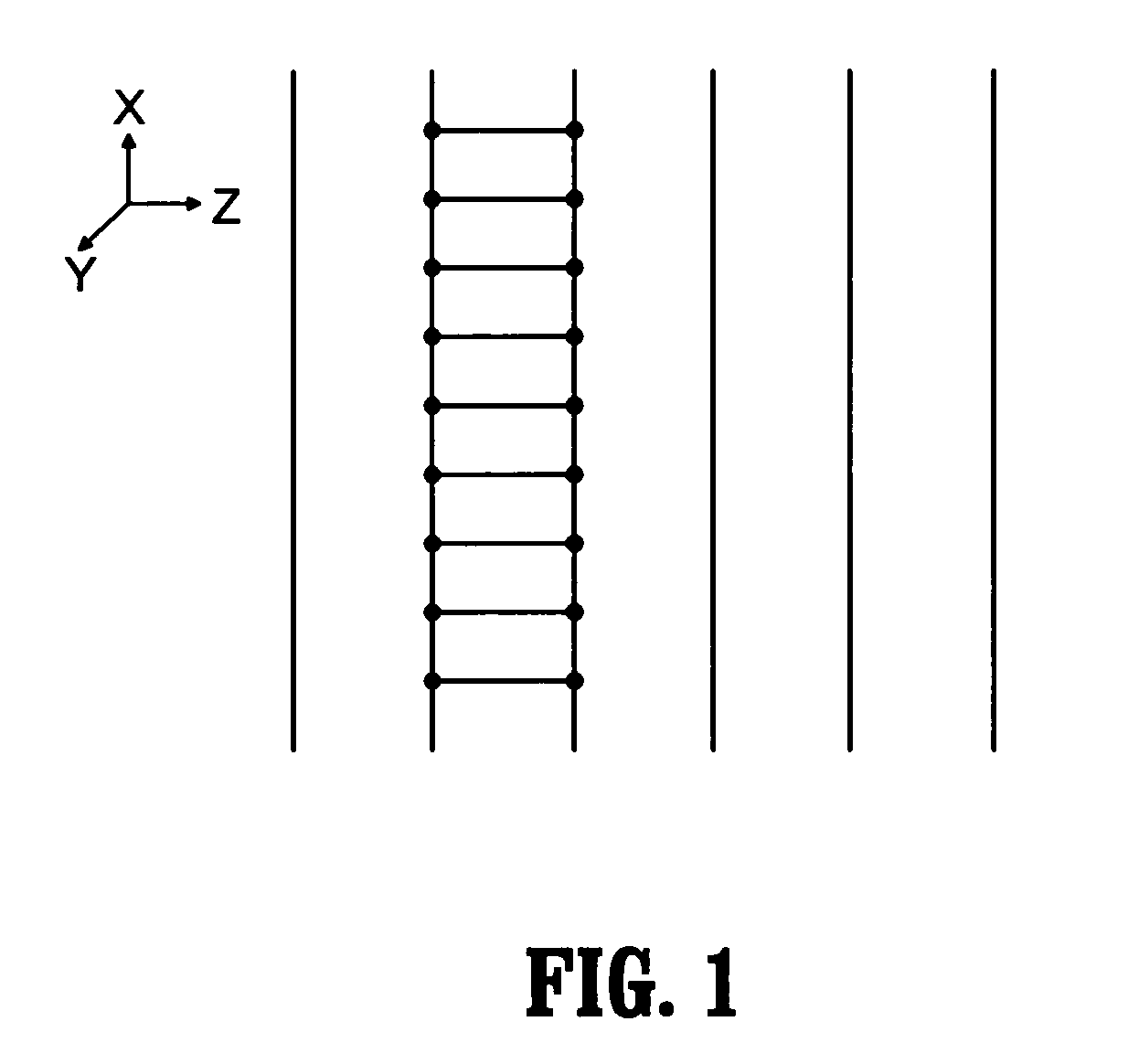System and method for interleaved slice volume rendering
a technology of volume rendering and interleaved slice, which is applied in the field of volume rendering of digitized medical images, can solve problems such as detrimental performance effects, and achieve the effects of reducing the number of texture fetches, the amount of geometry required, and the cost of computing trilinear interpolation and other issues
- Summary
- Abstract
- Description
- Claims
- Application Information
AI Technical Summary
Benefits of technology
Problems solved by technology
Method used
Image
Examples
Embodiment Construction
[0025]Exemplary embodiments of the invention as described herein generally include systems and methods for interleaving slices in texture memory to compute multiple trilinear interpolations in parallel by exploiting parallelism in graphics hardware. A rendering method according to an embodiment of the invention reduces the total number of texture fetches by a factor of 2, the number of operations (cycles) to compute trilinear interpolation by a factor of 2, the number of texture switches by a factor of 3, and the amount of geometry required by a factor of 3. An aspect of these reductions is the decrease in the number of texture fetches.
[0026]As used herein, the term “image” refers to multi-dimensional data composed of discrete image elements. The image may be, for example, a medical image of a subject collected by computer tomography, magnetic resonance imaging, ultrasound, or any other medical imaging system known to one of skill in the art. The image may also be provided from non-...
PUM
 Login to View More
Login to View More Abstract
Description
Claims
Application Information
 Login to View More
Login to View More - R&D
- Intellectual Property
- Life Sciences
- Materials
- Tech Scout
- Unparalleled Data Quality
- Higher Quality Content
- 60% Fewer Hallucinations
Browse by: Latest US Patents, China's latest patents, Technical Efficacy Thesaurus, Application Domain, Technology Topic, Popular Technical Reports.
© 2025 PatSnap. All rights reserved.Legal|Privacy policy|Modern Slavery Act Transparency Statement|Sitemap|About US| Contact US: help@patsnap.com



